Kerala – Culture and Tradition
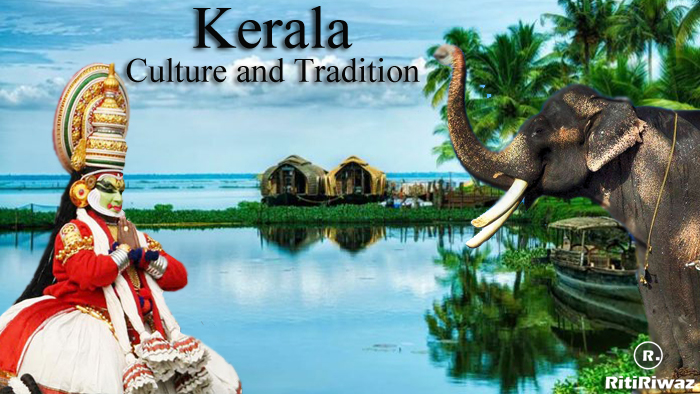
Kerala is a south Indian state on the South Western, Malabar Coast. Kerala has the strength of tourism, fisheries, and agri-business.
It is considered among the “50 must-see destinations of a lifetime”. Its name Kerala is derived from the word Kera (Coconut tree) and Alam (land) means “Land of Coconut“.
Kerala tourist slogan is “God’s own country“. It is situated on the South Western tip of India also India’s gateway to the middle east and gulf countries.
Kerala is the land of many varieties, on one hand, you have beaches and backwaters and a small ride from these beaches will take you to a beautiful hill station where you have a beautiful forest with tree houses and lake with houseboats. More about Kerala
History
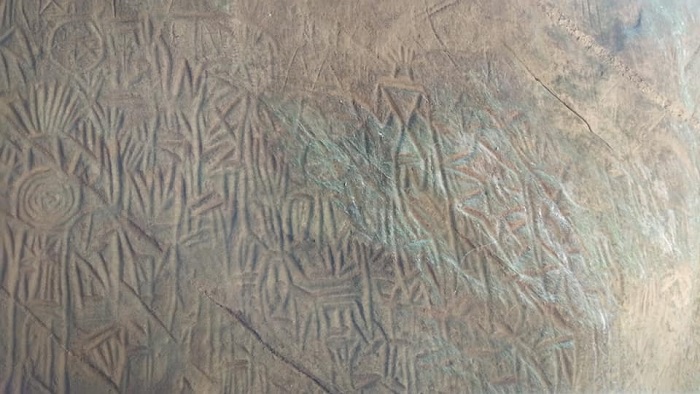
Kerala is historically known as Keralam, was formed on 1st Nov 1956 as per the states Reorganisation act by combining various Malayalam speaking regions.
The legend is that the land of Kerala was reclaimed from the sea when Lord Parasurama an avatar of Lord Vishnu threw his ax into the ocean from Kanyakumari and it fell near Gokarna. All the land in between was reclaimed from the ocean to form Kerala.
The Edakkal Caves in Wayanad have stone carving dating back to 5,000 B.C. The first recorded history is seen only in the inscription of the Mauryan Emperor, Ashoka. During the Sangam period, three major powers ruled over the different parts of Kerala. Ays in the south, the Cheras in central Kerala and Ezhimalas to the north.
The Arabs and Jewish traders were the first to frequent the Malabar coast and start exporting Kerala spices to the west. These resulted in the arrival of Christianity and Islam into Kerala.
With the destruction of the Jerusalem Church by the Romans, the jew fled from Israel and reached Kerala. In 644 A.D. Malik Iben dinar constructed many mosques and popularise Islam.
Till the 3rd century B.C., Egyptians, Phoenicians, Chinese, and Babylonians had trade relations with Kerala. Vasco Da Gama arrived at Kappad near Kozhikode in 1498. Portuguese under the leadership of Vasco Da Gama established themselves in Kerala.
The 16th century saw the rise of French and British, soon the British overcame the French and the Dutch to become the greatest power in Kerala.
The Britishers had a great fascination with Kerala due to spice and various other resources of the region. There were many patriotic and brave uprisings against Britishers like Velu Thampi( Travancore), Pazhassi Raja (Wayanad), and Paliath Achan (Kochi) but they were defeated by the Britishers. The advantage of British rule brought drastic changes in the social and cultural lives of the Kerala people.
After independence in 1949 Travancore and Kochi were the first to join the Indian union. On November 1st, 1956 Kerala state was created. By 1991 Kerala had achieved total literacy and standard of living. Today Kerala is the fastest growing tourist destination in the world.
Culture and Tradition

The cultural variety of Kerala was created by its unique geographic features as it lies between the Arabian Sea and the Western Ghats.
People of Kerala are the natives of Kerala hence called “Keralites”. They are a heterogeneous group of people who have distinctive cultural and religious traditions. Keralites are simple people and are happy and content with their life. They are very protective of their religion and ancient practice and rituals and are proud of their culture, they will do everything possible to protect it.
Keralites are very literate and intelligent and have the capacity to work hard in life. Keralites are Malayali who belongs to the multi-ethnic group though some take pride in introducing themselves in all religious rituals as “Mama Arya Putra” which means the son of the Aryans.
This atmosphere of beauty with peace among people has nurtured religion and art in Kerala and enabled her to become a precious gem for Indian Culture.
Language
Malayalam is the language spoken in the state and is the official language, while English is the additional official language.
Cuisine
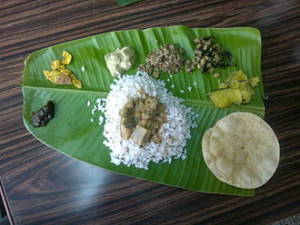
The act of cooking a meal is called Pachakam in Malayalam. Coconut is the main food item used in cooking. It is either chopped, grated, and used as garnishing, coconut milk or paste is used to thicken gravies. While coconut oil is used for cooking.
Kerala is the “land of spices” hence you can’t think of food without spices. The main spices used in Kerala cuisine are black pepper, cardamom, clove, ginger, and cinnamon.
Kerala has popular breakfast dishes like idli, dosa, appam, idiyappam, puttu, and pathiri. Rice and fish along with some vegetables are the staple diet in most Kerala households. Rice produced here has a unique shape and has more health benefits. rice is the main starch ingredient used in food.
A typical meal in Kerala is a curry, a bhaji, curd, papad, and pickle accompanied with rice. Sadhya is a traditional Kerala dish that is an elaborate banquet prepared for festivals and ceremonies.
Popular Veg-food is Ariyal, Olan while non-veg food is shrimp coconut curry, fish poriyal. Seafood is popular and consumed with every meal “Karimeen” or fried fish is a popular dish and fish curry is called “Fish Moilee“.
Dessert includes unniappam, a list of payasams and pradhamans, and halwa. Among the beverage they have palm toddy (Kallu), chaaya (tea), nannari sharbath and herb waters chukku vellam, karingali vellam, etc.
Keralites have a special etiquette the food is eaten with bare hands, where your palm acts like the spoon where you make a small morsel of the food and slid it by your thumb into your mouth.
Suggested Read: Famous Food Of Indian States
Music and Dance
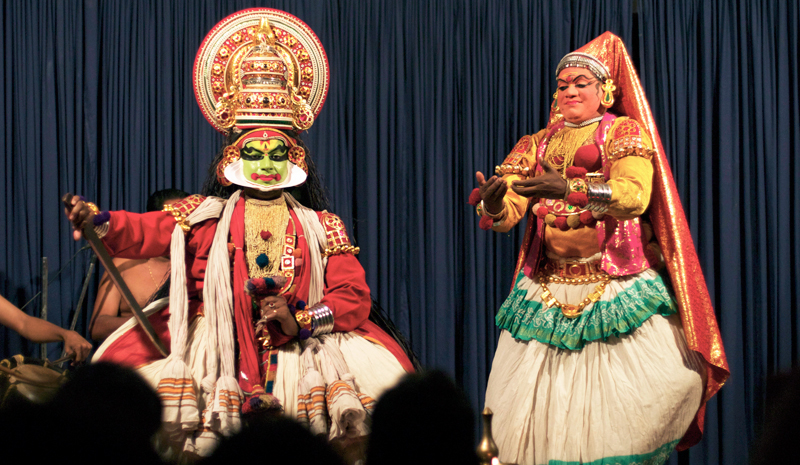
Kerala is the land of Arts, their life is associated with the art and culture of the state. Kathakali is a vibrant Kerala art form, where the artist wears elaborate costumes, face paint, and sometimes masks. The traditional themes of Kathakali are folk mythologies, religious legends, and spiritual ideas from the Hindu epics.
While other dance forms too are popular like Mohiniyaattam, Chavittunatakom, Oppana, Krishnanattam. Kerala has a rich tradition in Carnatic music, vocal, and percussion music. Contemporary music is influenced by western music too.
The state has a long list of eminent personalities who have contributed to the Carnatic and Hindustani music genres. The state has its light music, pop music, and devotional songs which are popular.
Costumes
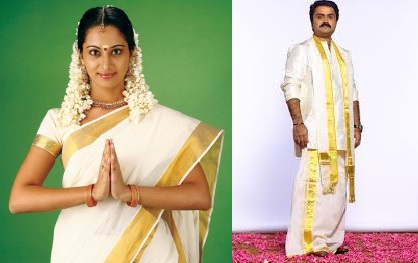
Keralites believe in simple living that is reflected through their dress. The costume they prefer is mainly white and off-white color.
The traditional dress of Kerala is called Mundu which is a white cotton sari and is famous both among men and women on special occasions. It is worn from the waist to the foot and resembles a long skirt or dhoti where the upper garment varies with gender.
Mundu for men resembles a short skirt while Melmundu is the upper garment and all males love to wear shirts and Mundu on a regular basis.
For women, it is called Mundum-Neriyathum which is a set of two Mundus. A lower garment similar to that worn by men, while the upper mundu is worn with a blouse, it is wrapped once around the waist and upper body and left hanging from the left shoulder and resembles a saree.
Women also wear Kerala saree on special occasions like Onam, Vishu, or weddings. Kerala women often choose jasmine flower garlands.
These days western culture had influenced the way people get dressed, more jeans, shirts, skirts, and dresses are preferred. But people of Kerala love their culture and they prefer to wear their traditional attires, especially on special occasions.
Suggested Read: Traditional Dresses Of Indian States
Festival of Kerala
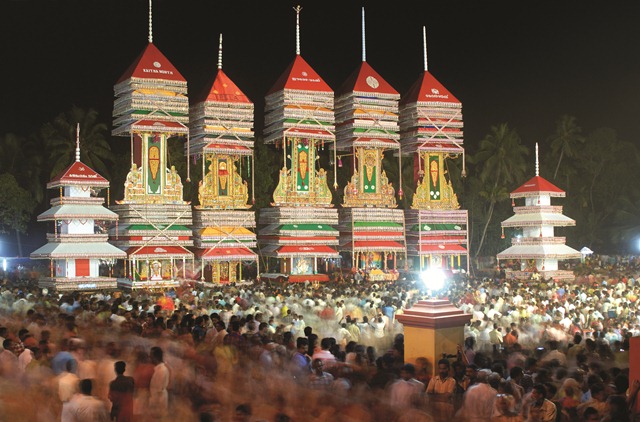
Keralites celebrate their festivals with much show and pomp. You can experience vibrant colors, exotic fragrances, scintillating music, and century-long traditions that accustom each festival.
Two major festivals that Keralite celebrates are Onam and Vishu. while other festivals celebrated are Attukal Pongala, Boat Races Festival, Christmas Festival, Thrissur Pooram, Cochin Carnival, Cheriya Perunnal.
Ayurveda in Kerala
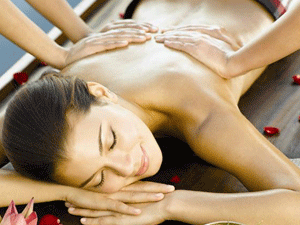
Due to the moist humid climate of Kerala and abundance of medicinal plants and herbs Kerala is a paradise of Ayurveda. You can enjoy your vacation in this beautiful scenic spot plus you can rejuvenate your body with Ayurveda.
Many Ayurveda resorts of Kerala are located on the outskirts of the city which lure tourists into its peaceful and quiet edifices.
Kerala is the hub of Ayurveda treatment people from all over the world come to Kerala in search of rejuvenation or to find a cure for their ailment.
Top Ayurveda Centres of IndiaTourism
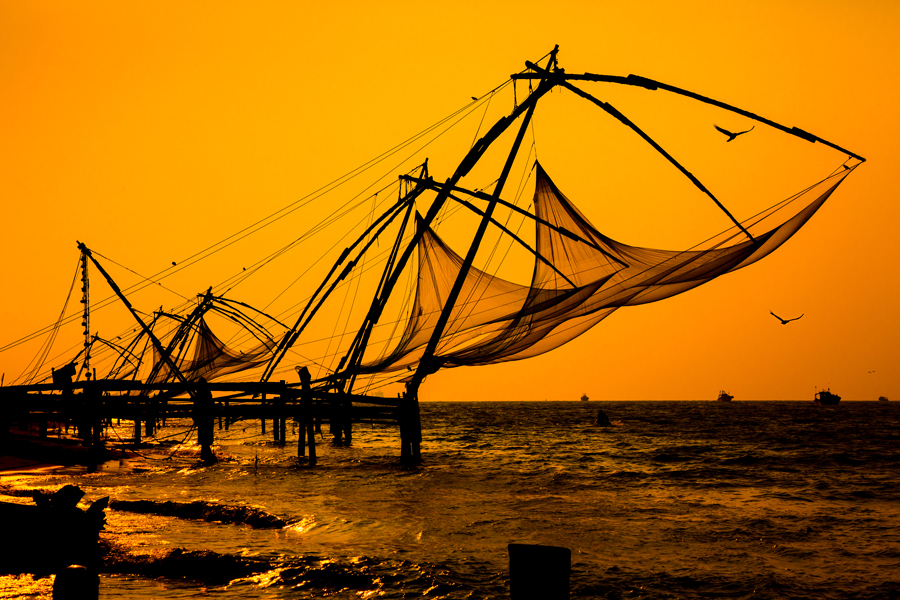
Kerala has hill station, tea gardens, backwaters, Ayurveda therapies, beaches, island, forest, bird sanctuary, historical monuments, and much more because of which it is one of the hottest tourist destinations in India.
If you are into nature and wildlife then you will enjoy being in the presence of unique species of birds and wildlife on their natural habitat. Kerala is well known for its beaches, backwaters in Alappuzha and Kollam, mountain ranges and wildlife sanctuaries.
Other popular attractions in the state include the beaches at Kovalam, Kappad, Cherai and Varkala; backwater tourism and lake resorts around Ashtamudi Lake, Kollam; hill stations and resorts at Munnar, Wayanad, Nelliampathi, Vagamon, and Ponmudi; and national parks and wildlife sanctuaries at Periyar, Parambikulam, and Eravikulam National Park.
The “backwaters” region—an extensive network of interlocking rivers, lakes, and canals that center on Ashtamudi Lake, Kollam, also see heavy tourist traffic. Heritage sites, such as the Padmanabhapuram Palace, Hill Palace, and Mattancherry Palace, are also visited. The city of Trivandrum ranks first in the total number of international and domestic tourists in Kerala.
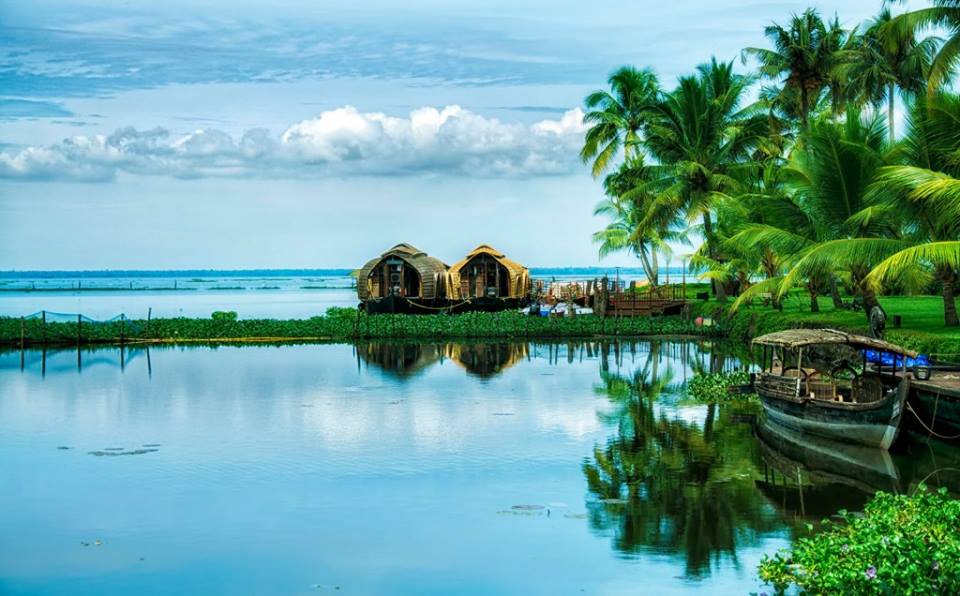
Kochi – A Port city and the commercial capital of Kerala. Major industries in Kochi include oil refineries, shipbuilding, IT, tourism, and the services sector.
Trivandrum – The political capital of Kerala and the IT hub of Kerala. Home to national science and technology institutions. Key industry sectors include IT, ITES, education, and tourism
Calicut – The 3rd largest city of Kerala by population, Calicut is called the “City of Spices”. Key industry sectors include education and healthcare services.
Suggested Read: Formation Dates of Indian States
